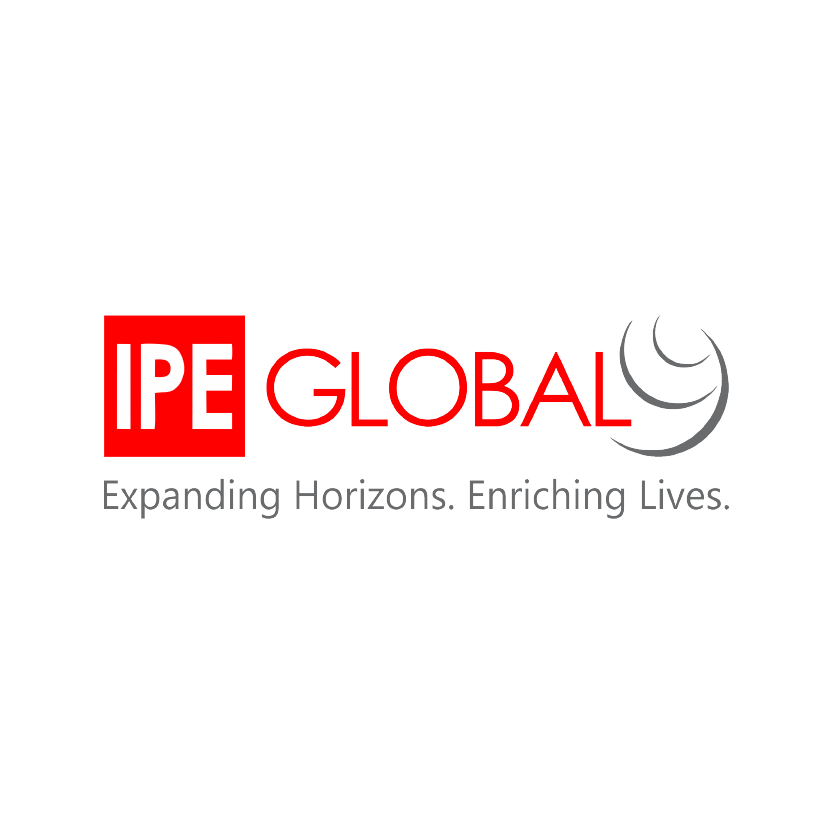
Browse this section for recent public health research and data from India and the world.
Evidence

FILTER
BY CATEGORY
View All
Private Sector Utilization in Healthcare
28 Sep 2020In the WHO South-East Asia region, the private sector provides 57% of all healthcare. The strong presence of private sector healthcare in India and other countries in the region underscores the importance of creating public-private partnerships for achieving Universal Health Coverage (UHC). This also means creating regulations and policies on health provision which apply across the whole delivery system regardless of ownership status. This discussion document, commissioned by the World Health Organization, surveys and analyses the most up to date (2010-2019) insights on private sector utilization across 65 countries using Demographic Health Surveys and the Multiple Indicator Cluster Surveys. The data has been analyzed on the source of inpatient and outpatient care. It highlights the need for more private sector integration into national health programs (immunization, family planning, malaria control, tuberculosis, etc). These insights provide guidance on strengthening public-private partnerships for healthcare.
To access this, click here.































